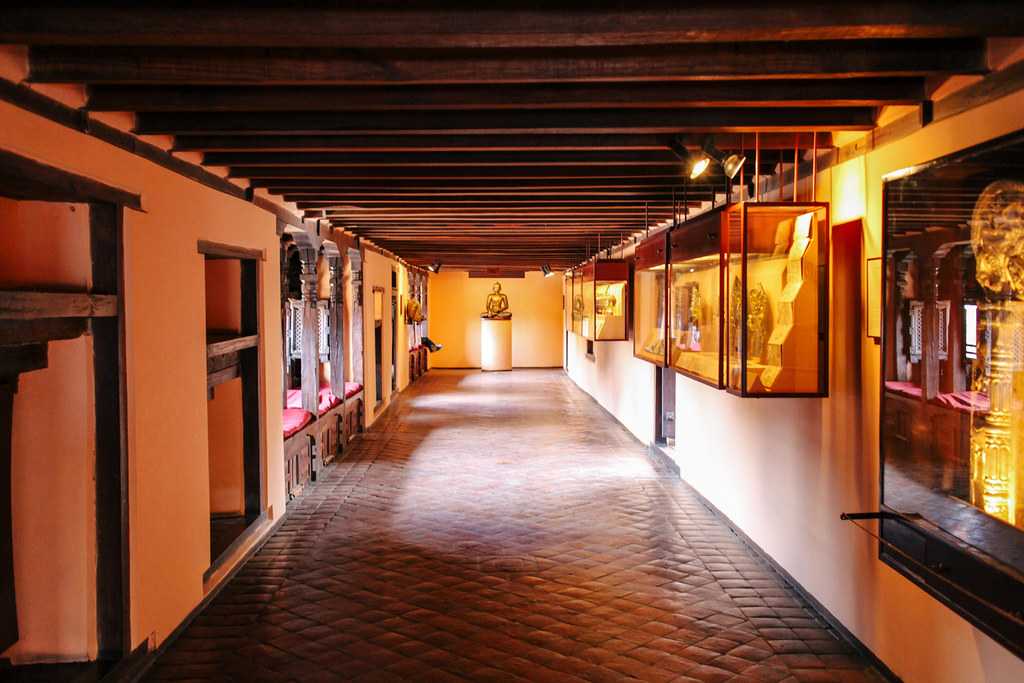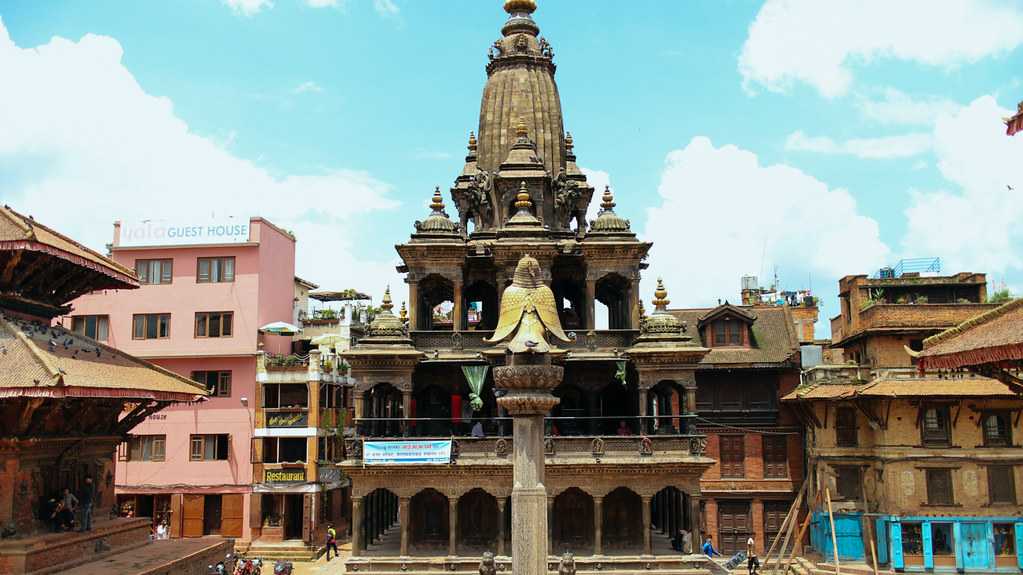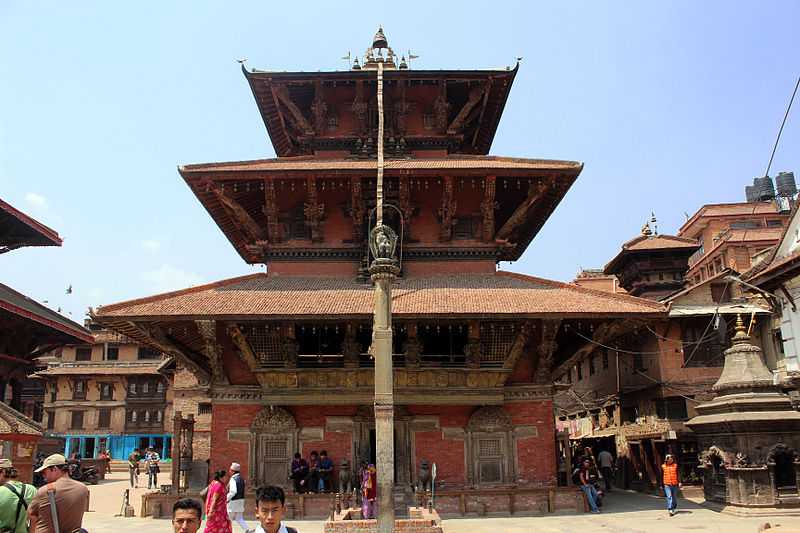Patan Durbar Square
Weather :
Tags : Historical Site
Timings : Ticket Counter Timings - Tuesday to Saturday - 10:30 AM to 4:30 PM and on Sundays - 10:30 AM to 2:30 PM
Entry Fee : Nepali Nationals
Dubar Patan Square - Free (except museum)
Museum - NPR 30
Student ID Entry - NPR 20
School Lettered Entry - NPR 10
SAARC Individuals
Sqaure and Museum Entry - NPR 250
Foreign Nationals
NPR 1000
These tickets are valid for 24 hours, which would give you an entire day to roam around the square and see all the attractions it has to offer.
Ways to Experience this attraction
Durbar Square Patan, Patan Overview
This UNESCO heritage site, located in the centre of Lalitpur, is one of the most visited places in Nepal. The architecture and history can be seen in the temples, palaces, and houses, which best reflect the culture of this country. Located just a few kilometres from Kathmandu City, the Durbar Square Patan is one of the three main Durbar Squares in Kathmandu Valley and offers a perfect blend of ancient history and culture and modernity.
The best time to visit Durbar Square Patan is from October to December in order to have the best outdoor experience. It is often overcrowded during the weekends so it is best to visit during the weekdays. Unfortunately, a lot of this area was destroyed during the 2015 earthquake, leading to it being seen as an unattractive place to visit. However, over the years, the government, as well as the community, have been putting in their efforts to rebuild this area, making Patan one of the most artistic Buddhist cities in the world and the Durbar Square a must-visit attraction in Nepal.
Read More on Durbar Square Patan
Attractions on Durbar Patan Square
1. Patan Museum

2. Krishna Mandir

3. Bhimsen Temple

4. Vishwanath Temple
Another construction by Siddhi Narsingh Malla, Vishwanath Temple, like its namesake in Varanasi, is dedicated to Lord Shiva. Built in 1627, the temple features exquisite erotic carvings along its facade, keeping in tradition with almost every antique Shiva temples in the Indian Subcontinent. The front gate of the temple is guarded by two majestic stone elephants, while on one of the sides, there is the iconic bull statue, ever-present at a Shiva temple. The bull represents Shiva’s mount, servant and closest confidante, Nandi. 5. The Chowks
There are three chowks or courtyards in the Patan Durbar Square. One of them is Keshav Narayan Chowk, located inside the premise of Patan Museum. The largest one of them is Mul Chowk, which houses the Vidya Temple and the shrine of Taleju Bhawani - the family deity of the Mallas. Ganesh, Hanuman and Vishnu’s sphinx avatar Narsingha guard the entrance to the third courtyard. Sundari Chowk, which also happens to have a sunken tank within its boundaries, is named Tusha Hiti.History
However, the role of the Malla kings in the refurbishment and evolution of the square is undeniable. Majority of the structures at the square date back to the Most of it took place towards the end of the 17th century, during the reign of King Siddhi Narsingh Malla and then his son Srinivasa Sukriti. Few improvements were made by future Malla kings such as Purandarasimha, Sivasimha and Yoganarendra as well.
Architecture of Patan Durbar Square
Top Hotels Near Durbar Square Patan
Durbar Square Patan Reviews

Have a Question on Durbar Square Patan?

experience.